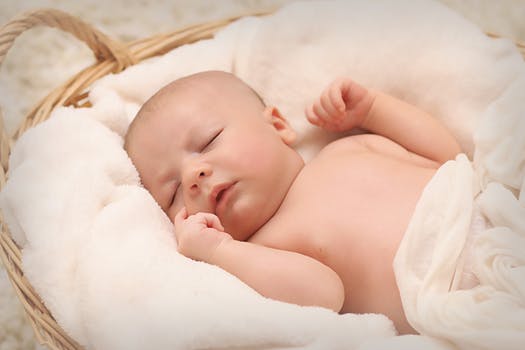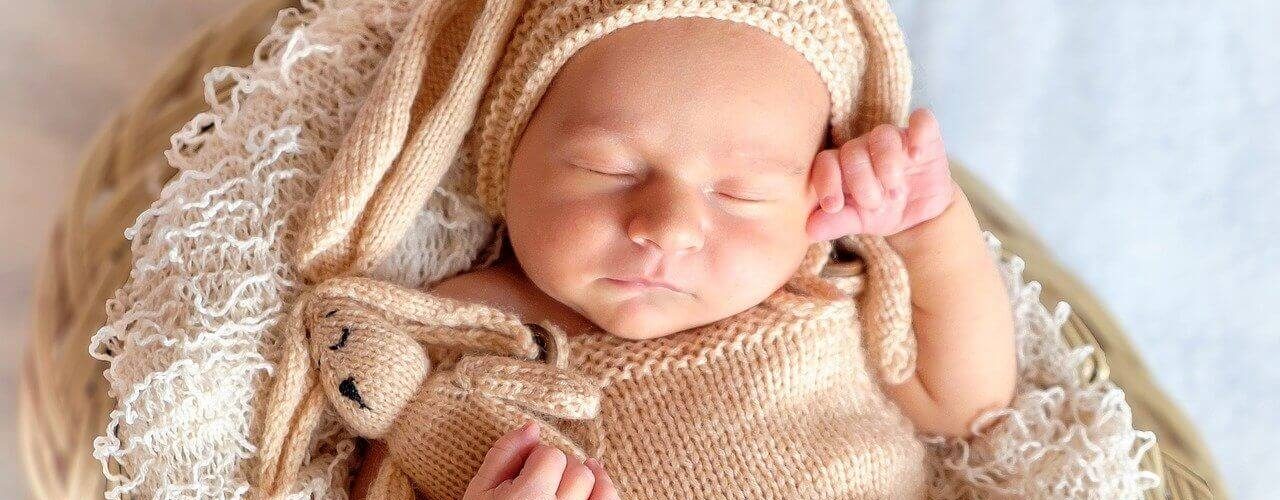Because newborns can’t tell us when they’re too hot or cold, it’s up to us as parents to know the ideal room temperature for babies and how to make them comfortable and secure while they sleep.
Many parents assume that their infants should be maintained extra warm and wrapped up at all times, although this is rarely true. Whenever an infant is too hot, the danger of SIDS increases. Throughout the baby years, this risk is most evident from birth to roughly 6 months of age.
Temperature for Baby’s Room:
Fortunately, there is a variety, so one doesn’t have to maintain a constant temperature in their home. While no research has been done on the ideal room temperature for babies, many recommendations are between 66 and 71 degrees Fahrenheit or 20 and 21 degrees Celsius.
If the room where the baby sleeps does not have a thermostat, use a handheld indoors thermometer to keep a record of how hot or cold it is. In general, newborns and kids will be at ease in temperatures similar to those preferred by adults.
Here are some helpful hints for keeping ideal room temperature for babies when sleeping:
1. Keep an eye out for indicators of overheating:
If one detects sweating, damp hair, flushed cheeks, heat rash, fast breathing, and disturbed sleep, their kid may be scorching. For this it’s important to maintain an ideal room temperature for babies.
2. Over-bundling is not a good idea:
While deciding the ideal room temperature for babies overlaying garments and blankets might cause infants to overheat, increasing their risk of SIDS. If it needs an extra light layer over your pajamas, a sleeping sack that zips on an infant is a safe option. If a child is unwell, be extra cautious. Fever is common in sick babies, and adding layers may raise his body temperature even more.
3. Keep cribs as bare as possible:
For maintaining ideal room temperature for babies avoid using softer bedding or items in the baby’s sleeping area for at least the first year of life. Stuffed animals, comforters, pillows, blankets, and other things fall under this category.
If using a blanket, choose one that is lightweight and breathable and tuck it under the mattress so that it does not extend higher than the center of the baby’s chest.

4. Make use of a fan:
One can maintain ideal room temperature for babies by circulating the airflow and reducing the chance of “re-breathing,” using a fan in a baby’s nursery can help lessen the risk of SIDS. Youngsters will not feel a chill as long as he is not sweating.
5. Rooming together is a good idea:
For the first 6 months of a baby’s existence, keep them close. This will help minimize his risk of SIDS. During this time, most parents place their baby’s crib in their bedroom also where they have to maintain ideal room temperature for babies.
[Read: Guide to Sleep and Your Newborn]
6. The best position is in the back:
By maintaining ideal room temperature for babies, the baby should sleep on his back because it is the safest position for him. healthy babies sleep on their backs during the first year of life. However, it’s especially crucial during the first six months, when SIDS is most common.
Conclusion:
According to most experts, the ideal room temperature for babies is the same as when an adult feels most comfortable in very ordinary clothes.
And if needed further motivation, keep in mind that keeping the baby’s room at a comfortable temperature will help them sleep better.
Happy Parenting!





